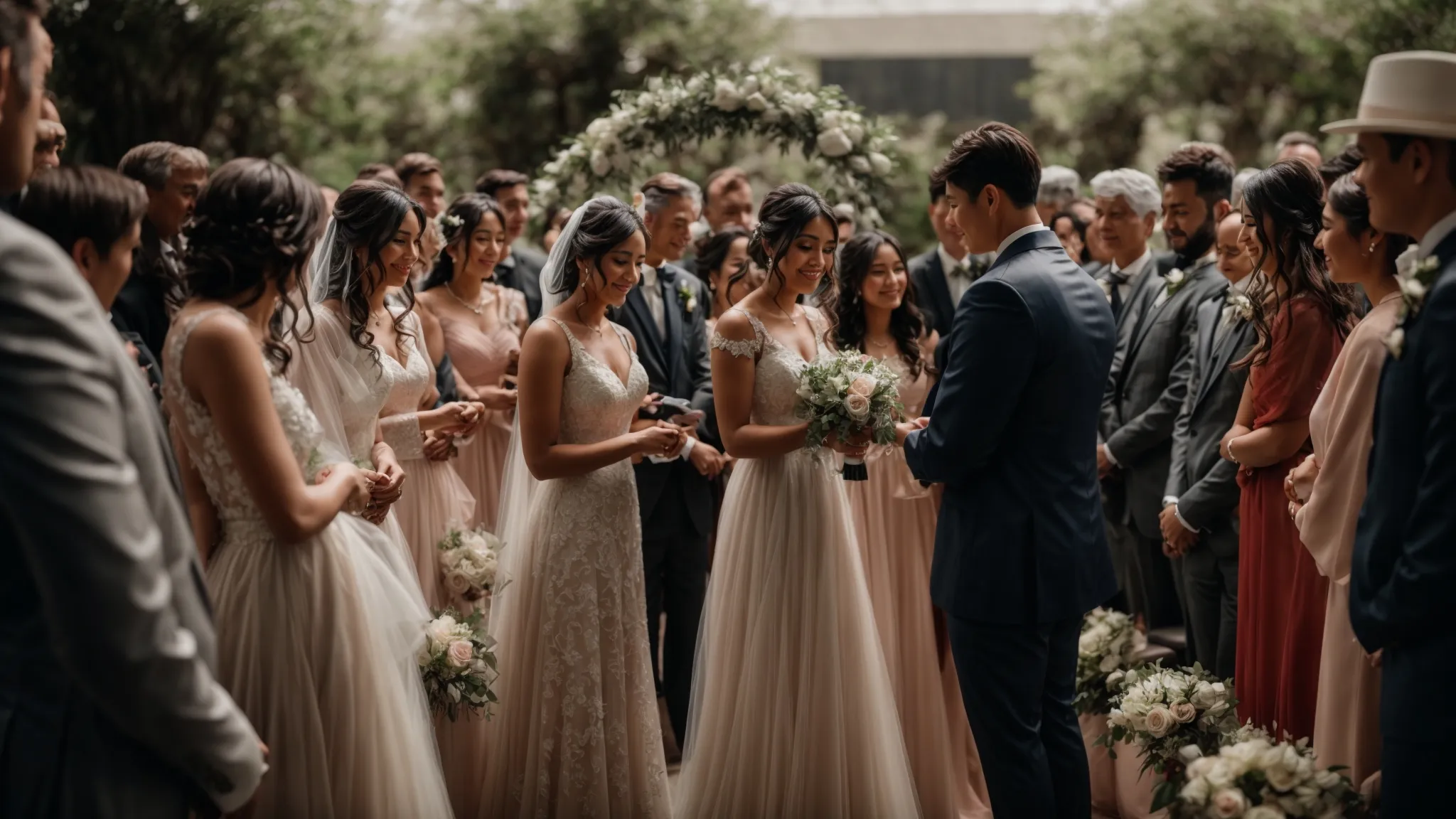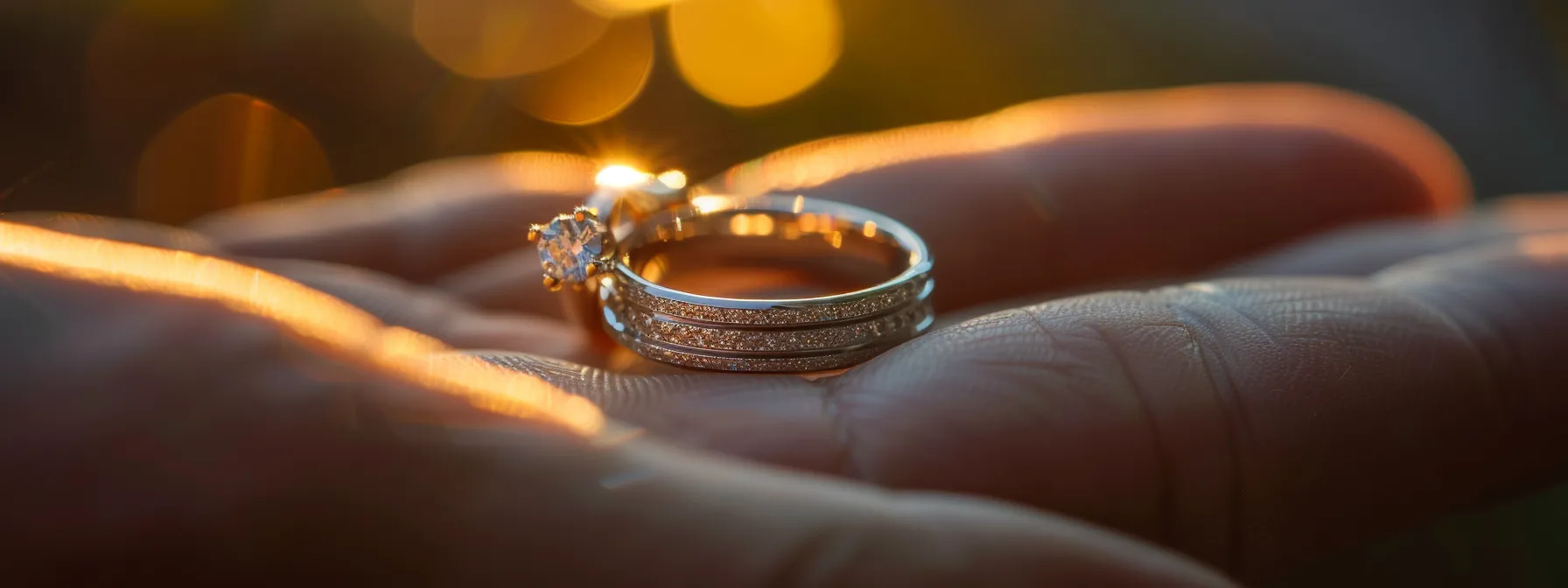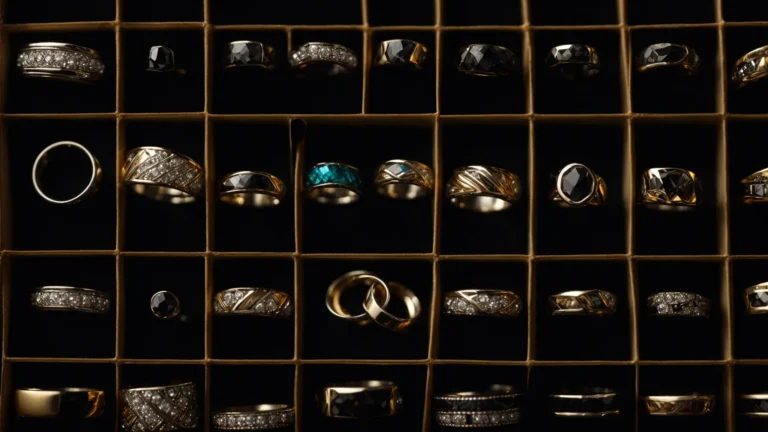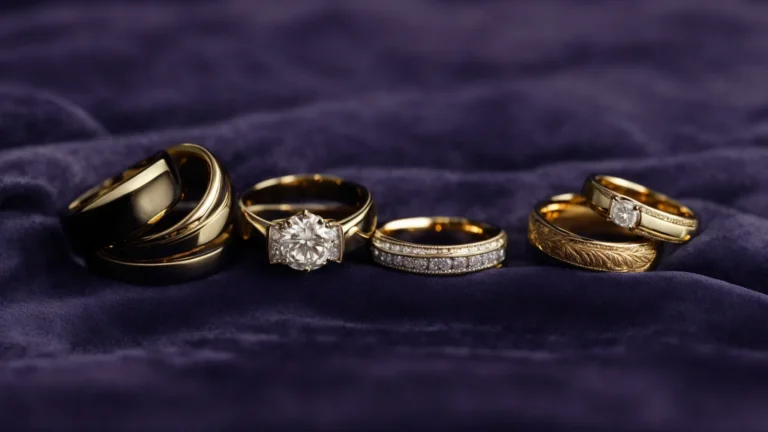
The Ultimate Guide To Choosing the Perfect Wedding Band
Selecting the ideal wedding band is a crucial decision that reflects your personal style and symbolizes your everlasting commitment. With a plethora of options in materials, designs, and embellishments, the process can at times feel overwhelming. It is essential to consider not only the aesthetic appeal but also the practicality and comfort of the piece that will adorn your finger every day. This comprehensive guide will walk you through the most important aspects of choosing your perfect wedding band. Below, we explore everything from the types of bands to the intricacies of pairing them with engagement rings.
Understanding Different Types of Wedding Bands

Wedding bands come in a diverse range of styles, each with its unique attributes and appeal. From classic plain bands to the more intricate eternity bands studded with precious stones, there is a style for every preference. It’s vital to familiarize oneself with the various types available, such as comfort-fit bands, which are designed with a rounded interior for a snug fit, or flat bands that offer a more modern, edgy profile.
As you consider styles, it might be helpful to visit a reputable jeweler like Larson Jewelers sells wedding bands, offering a wide selection that can cater to varied preferences. By browsing both online and in physical stores, you can get a tactile sense of each type and how it aligns with your comfort and aesthetic goals.
The Importance of Material and Durability in Wedding Bands
The choice of material for a wedding band is not just about the visual appeal; it’s also about the durability and longevity of the ring. Classic gold remains a popular option, available in various colors like yellow, white, and rose, each offering a different vibe. Platinum is another favored material, known for its strength and hypoallergenic properties, making it ideal for those with sensitive skin.
However, traditional metals are not the only choices. Alternative materials like tungsten, titanium, and even silicone bands are gaining popularity for their durability and unique appearance. They offer a contemporary aesthetic and are especially suited for those with active lifestyles, thanks to their resistance to scratching and bending.
Understanding the durability of different materials is crucial, as the wedding band will be worn daily. Consider your lifestyle and the potential exposure to elements that might damage the band. Those engaged in hands-on work might opt for harder metals that can withstand more wear and tear, while others might prioritize a softer metal for its comfort and classic look.
How to Match Your Wedding Band With Your Engagement Ring

Pairing your wedding band with your engagement ring can be likened to finding two puzzle pieces that perfectly interlock. It’s about creating a harmonious blend of styles, metals, and stone settings. Some prefer a perfect match, where the wedding band and engagement ring are from the same collection or crafted to fit together seamlessly—as if they were one piece.
Others may prefer a contrast in styles, perhaps pairing a simple solitaire engagement ring with a more elaborate wedding band. In cases like these, it’s essential to strike a balance where one ring doesn’t overshadow the other. Contoured or shaped bands can be an excellent option for alignment with the engagement ring’s stone, ensuring a snug fit and a cohesive appearance.
Ultimately, the decision should be based on personal preference and lifestyle. It’s possible to have the wedding band and engagement ring soldered together for convenience and to prevent movement that could cause wear.
Finding the Right Fit: Sizing and Comfort Considerations
Selecting the correct size for your wedding band is just as imperative as the style and design. An ill-fitted band can cause discomfort or, worse, slip off without notice. It’s recommended to get sized by a professional jeweler at different times of the day, as finger sizes can fluctuate due to temperature and other factors like diet and activity level.
Another pivotal factor is the width of the band. Moreover, remember that a wedding band will be worn for many years to come, so it’s essential to consider how it might fit in the future. Some materials, like certain metals or silicone, offer more flexibility in size adjustments, while others, particularly those with channel-set stones, can be more challenging to resize. It’s prudent to discuss these considerations with your jeweler to ensure lifelong comfort and satisfaction.
Selecting the right wedding band is about finding a balance between beauty, practicality, and personal significance. It’s a testament to your unique bond and shared future. Whether you opt for a classic style or a custom design, the perfect wedding band can be found by keeping these key considerations in mind.





